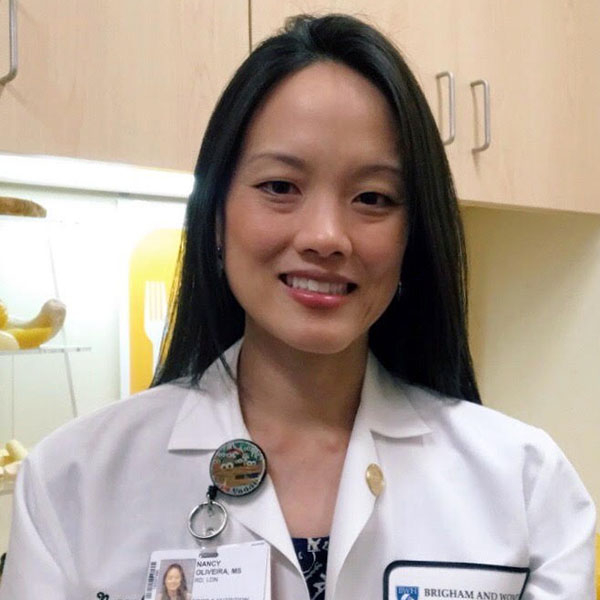
The media uproar that swirled a few weeks ago around leprosy in the US drew attention away from ongoing heat and extreme weather that pose far more danger to most of us. But does a single case of a man diagnosed with leprosy in central Florida suggest that anyone anywhere in the US could get leprosy? Might this become the next pandemic? Just how worried should we be?
Read on to set the record straight about leprosy. (Spoiler alert: there will be mention of armadillos.)
Why did leprosy make the news?
In August, one case of leprosy in central Florida was described in the journal Emerging Infectious Diseases. This report was widely covered by the news media, with headlines like “CDC confirms leprosy outbreak in Florida: What to know if you’re traveling to the state” (WKYC) and “Central Florida is a hot spot for leprosy, report says” (CNN).
One reason for concern raised by experts was the fact that the man diagnosed had no identifiable risk factors for the disease. That is, he had not traveled to a place where leprosy is common and had no contact with anyone who had the disease. Past research has suggested the organism that causes leprosy can survive in soil. And that raised the possibility that this man’s work as a landscaper put him at risk for leprosy.
What is leprosy?
Leprosy, or Hansen’s disease, is a chronic infection caused by Mycobacterium leprae bacteria. (That’s a close relative of the organism that causes tuberculosis.) This ancient disease, which affects skin, nerves, and linings of the eyes and upper respiratory tract, is described in some of the earliest human writings (including the Old Testament), and genetically identified in archeological remains dating back to 2000 BC.
Common symptoms of leprosy include:
- red and/or thickened patches on the skin
- reduced sensation, numbness, or weakness in the hands or feet
- nonhealing wounds, blisters, and cracks in the skin of the hands or feet.
Left untreated, this may lead to skin deformities. Surgical amputations may be necessary to control skin ulcers that fail to heal or are chronically infected.
How does leprosy spread?
Usually, the infection spreads from person to person through respiratory droplets shared during prolonged, close contact. Coughing or sneezing, for example, can release respiratory droplets, which can be breathed in by people who are nearby.
Some cases of leprosy have been linked to animal contact, such as the nine-banded armadillo and Eurasian red squirrels.
However, in about a third of cases, no clear risk factor can be identified.
How common is leprosy?
For most people in the US, leprosy is not a major health concern. In recent years, about 180 cases of leprosy have been diagnosed annually. Though this represents an uptick from fewer than 100 cases in 1999 and 2000, the disease remains rare in the US.
Worldwide, it’s a different story: according to the World Health Organization, more than 200,000 cases in 120 countries are diagnosed each year. The highest numbers of cases are in Brazil, India, and Indonesia.
Has leprosy become common in Florida?
No. There have been about 20 cases per year in Florida since 2015. As is true nationally, this represents an increase from prior years.
But some experts speculate that leprosy may be endemic now in central Florida, where about 80% of the state’s cases are diagnosed. Endemic means there are enough sources of infection (such as infected people or animals) in a particular area to allow the disease to spread, even if no new cases are brought in from elsewhere.
Since some people with infection have no risk factors for the disease, it’s possible leprosy has become endemic there. But that remains unproven.
Myth versus truth: Common misconceptions about leprosy
Misunderstanding fuels stigma and discrimination against people who have leprosy. Maybe you’ve heard some of these falsehoods.
The myth: Leprosy is extremely easy to spread. In the past, this myth led to isolation of people with leprosy in “leper colonies” that quarantined entire communities of people with the infection.
The facts: About 95% of people are naturally immune to leprosy. And, because spread of infection between people requires close and prolonged contact, it’s not nearly as contagious as many other infections. So it’s not readily spread by being in a room with an infected person, or by touch. And, within one week of treatment (see below), a person with leprosy is no longer contagious. As a result, isolation from others is unnecessary.
The myth: Leprosy causes parts of the body, such as fingers or ears or the nose, to fall off.
The facts: Body parts do not fall off. Sometimes surgical amputations are needed to treat nonhealing wounds and infections, two complications of longstanding nerve damage related to leprosy.
The myth: There are no treatments for leprosy.
The facts: There are effective antibiotics for leprosy. To cure the infection, people may need to take a combination of different antibiotics for a year or more.
The bottom line
Some of the news coverage on the case of leprosy in Florida seems more dire than necessary. In fact, the risk of developing leprosy in central Florida, or elsewhere in the US, remains exceedingly low.
And it’s highly unlikely leprosy will become the next pandemic. However, some experts predict that vulnerable populations in the US, such as homeless people living in close contact with poor hygiene and inadequate medical care, could experience outbreaks of leprosy in the future.
While risk seems low now, it’s a good idea to keep leprosy in mind if you have unexplained rashes or nerve damage, especially if you live in a place where the disease is common or have had contact with an infected person. Otherwise, there’s little reason to have leprosy on your short list of health concerns.
Follow me on Twitter @RobShmerling
About the Author

Robert H. Shmerling, MD, Senior Faculty Editor, Harvard Health Publishing; Editorial Advisory Board Member, Harvard Health Publishing
Dr. Robert H. Shmerling is the former clinical chief of the division of rheumatology at Beth Israel Deaconess Medical Center (BIDMC), and is a current member of the corresponding faculty in medicine at Harvard Medical School. … See Full Bio View all posts by Robert H. Shmerling, MD










